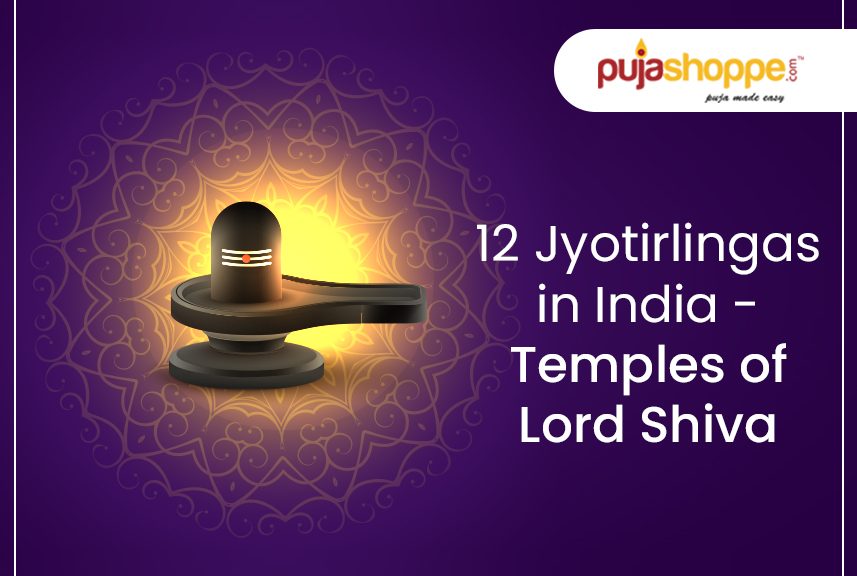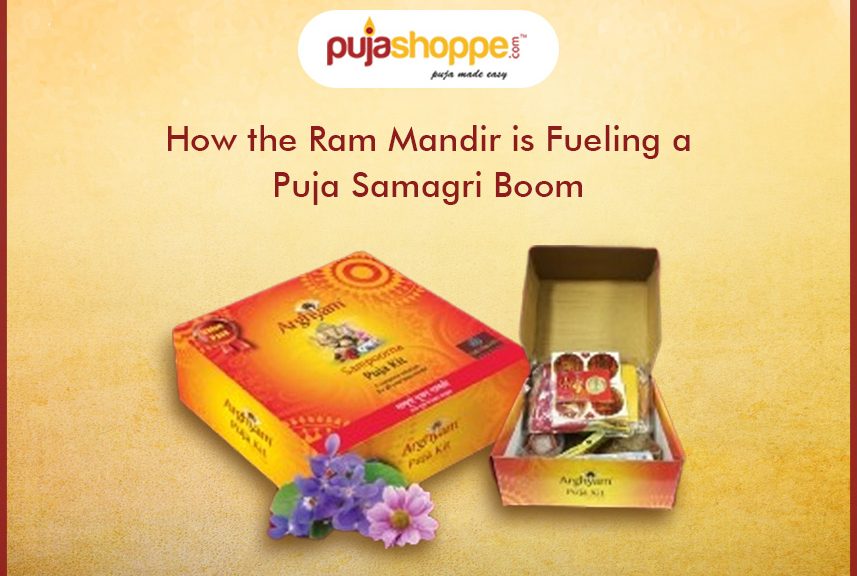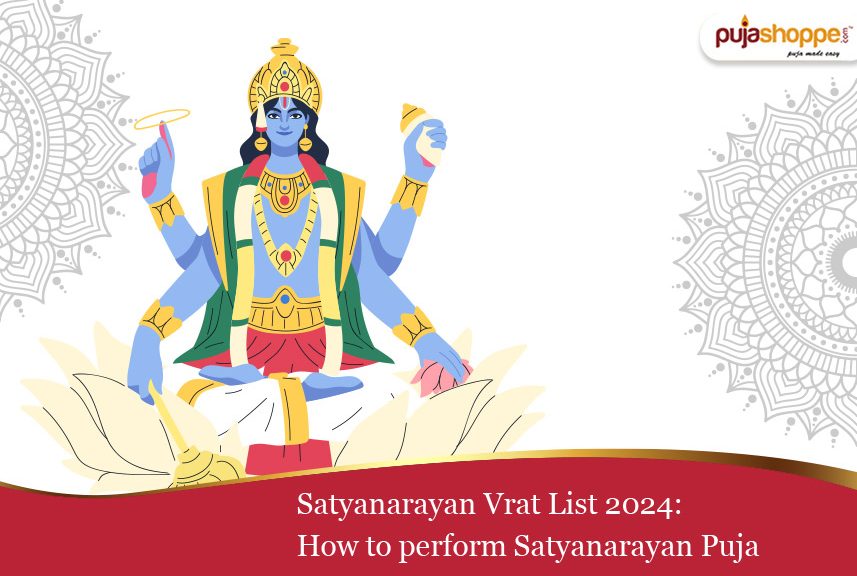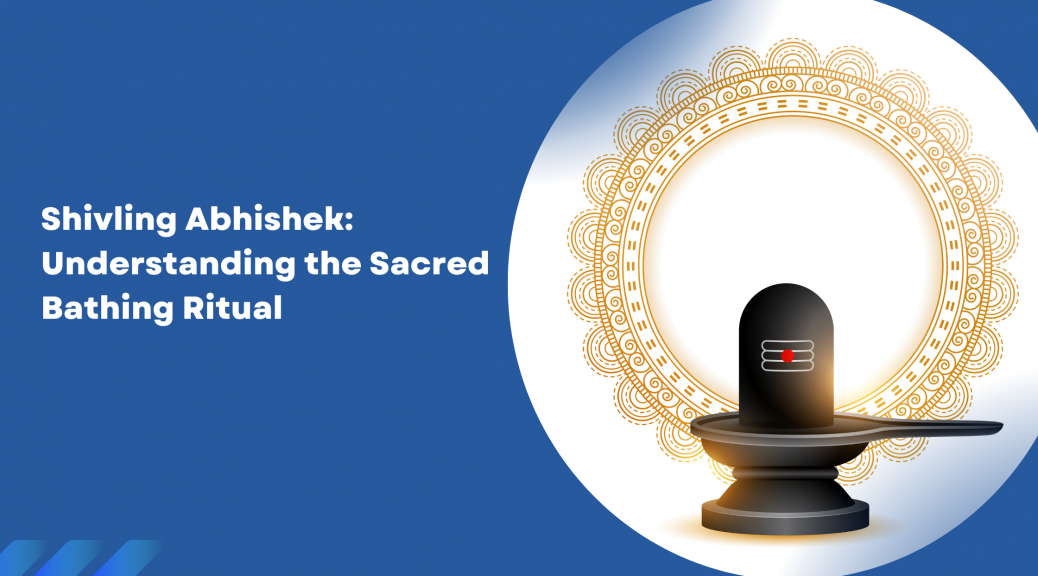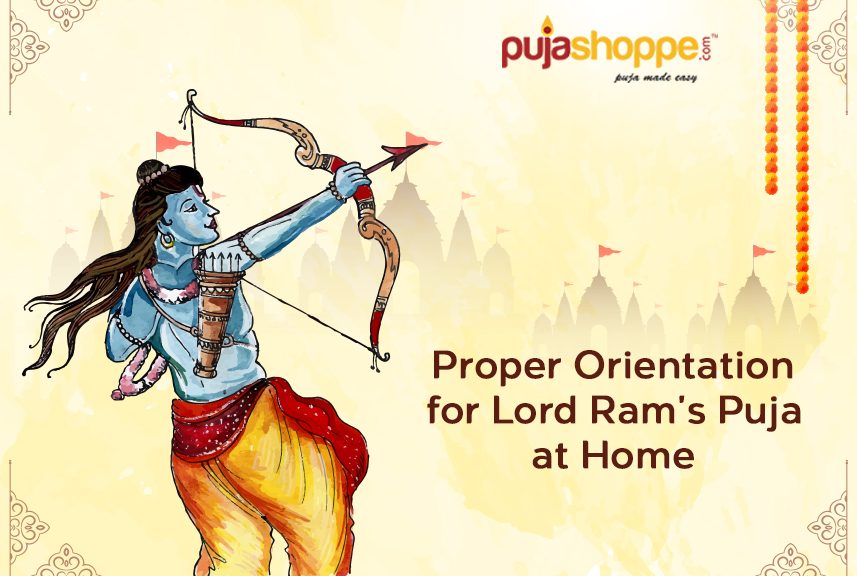Central to India’s spiritual landscape is a sacred pilgrimage that draws devotees from far and wide – the journey to the 12 Jyotirlingas, revered temples dedicated to Lord Shiva. These divine abodes are believed to be manifestations of Lord Shiva’s cosmic light, each with its own unique aura and meaning. Join us on a spiritual odyssey as we explore the 12 mystical realms of Jyotirlinga and delve into their deep symbolism and spiritual meaning. To devote your devotion, you can get your sampoorna puja kits online only at Pujashoppe.
The Symbolism of Jyotirlingas of lord Shiva
What is shivling? Lord Shiva Jyotirlingas have a deep symbolism that transcends the physical realm and represents the cosmic manifestation of divine energy and spiritual enlightenment. Each Jyotirlinga is probably a pillar of light that symbolizes the infinite and eternal nature of Lord Shiva. The word “Jyotirlinga” itself means “linga of light” where “Jyoti” refers to light and “linga” represents the iconic form of Lord Shiva. These shrines are not just physical structures but incarnations of cosmic energy that radiate divine grace and blessings to all who seek solace and enlightenment. In addition, the geographical locations of the Jyotirlingas were strategically chosen to encompass diverse landscapes from serene riverbanks to towering mountains, symbolizing Lord Shiva’s omnipresence in all aspects of nature. Thus, Jyotirlingas act as spiritual anchors that guide devotees on the journey of self-discovery, devotion and ultimate liberation. Let’s dive into the 12 shivling names and their significance:
- Somnath Jyotirlinga: The Somnath Temple in Gujarat is one of the most revered pilgrimage sites for devotees. Lord Shiva. Believed to be the first of the 12 Jyotirlingas, it is recorded in ancient legends and scriptures.
- Mallikarjuna Jyotirlinga: Situated on Shri Shaila Hill in Andhra Pradesh, the Mallikarjuna Temple is a holy place steeped in mythology and devotion. It is believed to represent the place where Lord Shiva and Goddess Parvati reunited after a long separation.
- Mahakaleshwar Jyotirlinga: Mahakaleshwar Temple is located in the historic city of Ujjain in Madhya Pradesh and is revered as one of the most powerful Jyotirlingas. The Furious Side of Lord Shiva as the Destroyer of Time.
- Omkareshwar Jyotirlinga: On an island in the Narmada River in Madhya Pradesh, the Omkareshwar Temple is a sacred shrine revered for its serene beauty and spiritual significance. It is believed to be the sacred symbol ‘Om’ which represents the cosmic sound of creation.
- Kedarnath Jyotirlinga: Kedarnath Temple is located amidst the stunning Himalayan peaks of Uttarakhand and holds a special place in the hearts of its devotees. India’s holiest pilgrimage sites. It is believed to be the place where Lord Shiva absolved himself of the sins of killing the demon Gajasura.
- Bhimashankar Jyotirlinga: Located amidst the lush greenery of the Sahyadri region of Maharashtra, the Bhimashankar Temple is a sanctuary of peace and serenity. It is believed to be the place where lord Shiva defeated the demon Tripurasura, symbolizing the victory of good over evil.
- Kashi Vishwanath Jyotirlinga: Kashi Vishwanath Jyotirlinga in the ancient city of Varanasi, Uttar Pradesh is honored in gold. Temple and is considered the holiest of all Jyotirlingas. It is believed to be the center of Lord Shiva’s cosmic energy and divine grace.
- Trimbakeshwar Jyotirlinga: Amid the scenic beauty of Nashik, Maharashtra, Trimbakeshwar Temple is known for its architectural grandeur and spiritual significance. It is believed to be the place where the holy Godavari River originates.
- Vaidyanath Jyotirlinga: Vaidyanath Temple located in the picturesque town of Deoghar in Jharkhand is a revered pilgrimage site dedicated to the healing powers of Lord Shiva. It is believed to be the place where Lord Shiva imparted the knowledge of Ayurveda.
- Nageshwar Jyotirlinga: Located on the picturesque coast of Dwarka in Gujarat, the Nageshwar Temple is revered as one of the most important Jyotirlingas, symbolizing the presence and omnipresence of the Lord. . Shiva. eternal nature. It is believed to be the abode of the divine serpent deity Sheshnag.
- Rameshwar Jyotirlinga: Situated on the tranquil shores of Rameswaram Island in Tamil Nadu, the Rameshwar Temple is a sacred place of pilgrimage steeped in mythology and devotion. It is believed to be the place where Lord Shiva blessed Lord Rama before his epic battle against Ravana.
- Grishneshwar Jyotirlinga: Amidst the natural beauty of Aurangabad in Maharashtra, Grishneshwar Temple is revered as one of the oldest Jyotirlingas. It is believed to be the place where Lord Shiva appeared in the form of a radiant pillar of light.
Finally, the journey to the 12 Jyotirlingas is not just a pilgrimage but a spiritual odyssey that traverses the realms of faith, devotion and faith. These holy temples are timeless proofs of the eternal glory of Lord Shiva and are beacons of hope and inspiration to millions of devotees around the world. Buy puja kits or premium puja kits only at Pujashoppe so that your devotion stays uninterrupted. Shop now at Pujashoppe, your trusted puja samagri stores in india!

